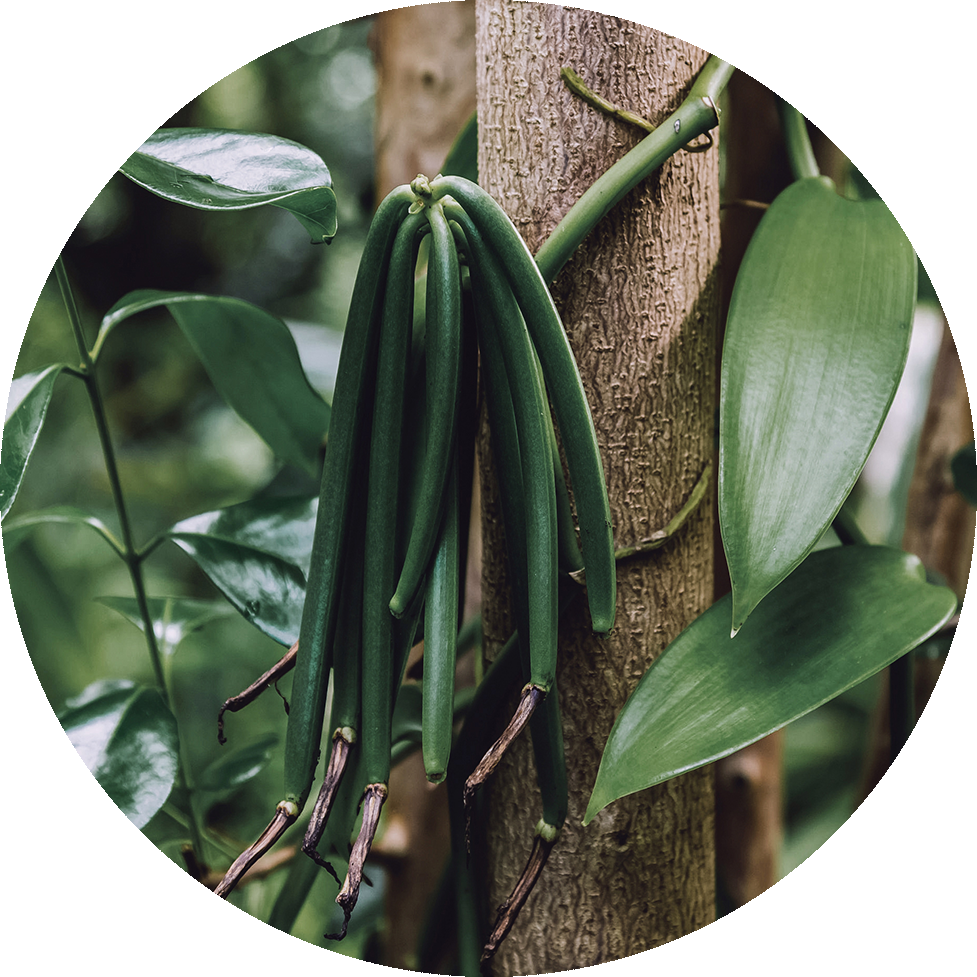Ingredients
Vanilla Orchid

LATIN NAME:
Vanilla Planifolia
COMMON NAME:
Vanilla Orchid, Tahitian Vanilla
LOCATION:
Mexico, Central America
DESCRIPTION:
The vanilla orchid, native to Mexico and Central America, is one of the primary sources of vanilla flavoring and vanilla perfume. The plant produces fruits, often referred to as beans, that are harvested for their essential oil and vanilla extract. The extract acts as a much loved flavoring agent, and also reduces the amount of sugar necessary to sweeten foods—especially confectionary and dessert items. Harvesting vanilla orchids is surprisingly dangerous, as care must be taken to avoid contact with the stem’s sap. Contact with the skin can cause moderate to severe dermatitis.
Vanilla can cause allergic responses when applied topically or taken internally. ‘Vanillism’ is a condition that can impact workers handling vanilla – symptoms include headache, dermatitis, and insomnia.
TRADITIONAL APOTHECARY:
Vanilla can be used medicinally as an aphrodisiac, a stimulant, a fever reducer, and as an aid in gastric ailments. In food studies, meals flavored with vanilla provide a greater degree of satiety versus identical, unflavored meals. Research has shown that vanillin—the main molecule in the plant—has antimicrobial and antioxidant properties. Vanillin has also demonstrated a surprising effect in experiments with diseased mice: it reduced the percentage of sickle cells present in their bloodstream, and may have applications for human use.
SOURCES:
POWO Science Kew
Drugs













